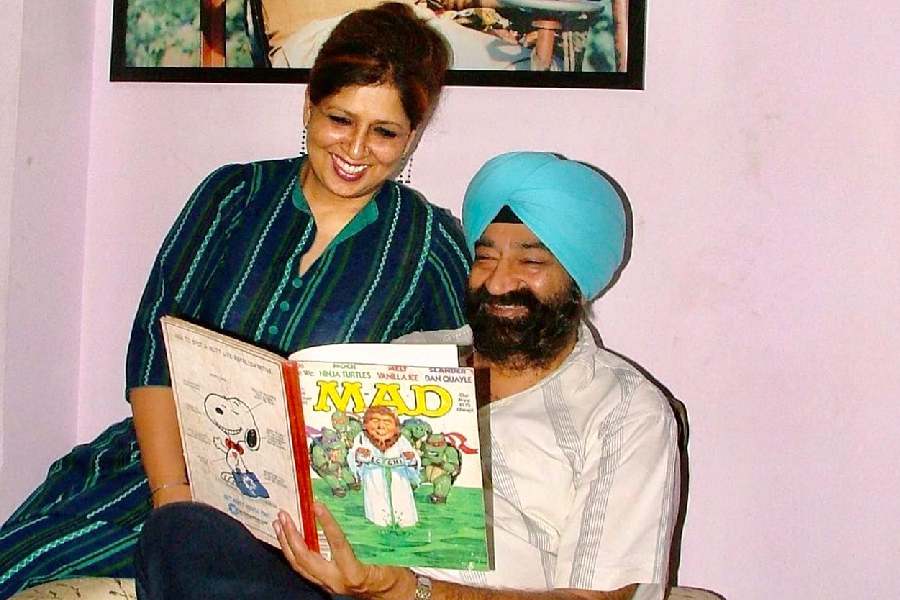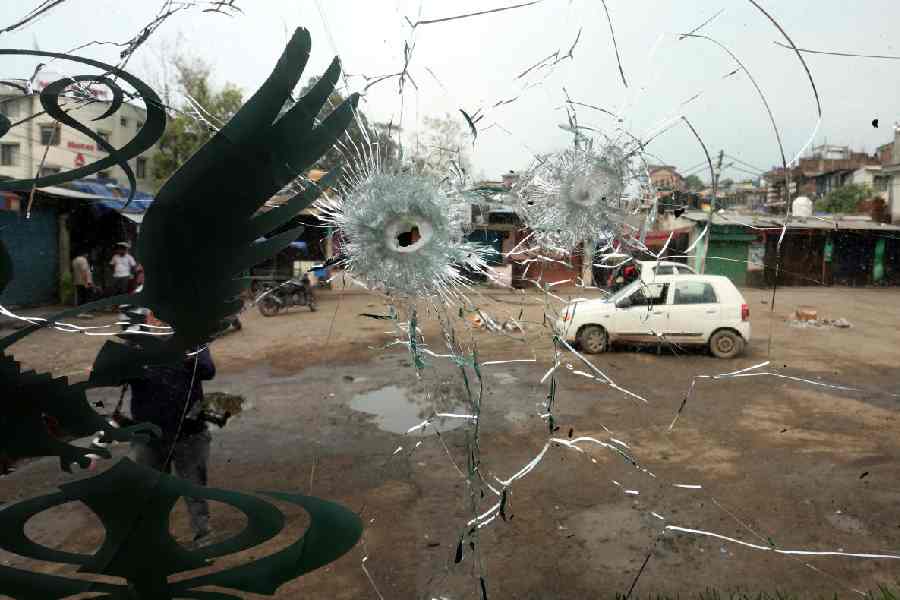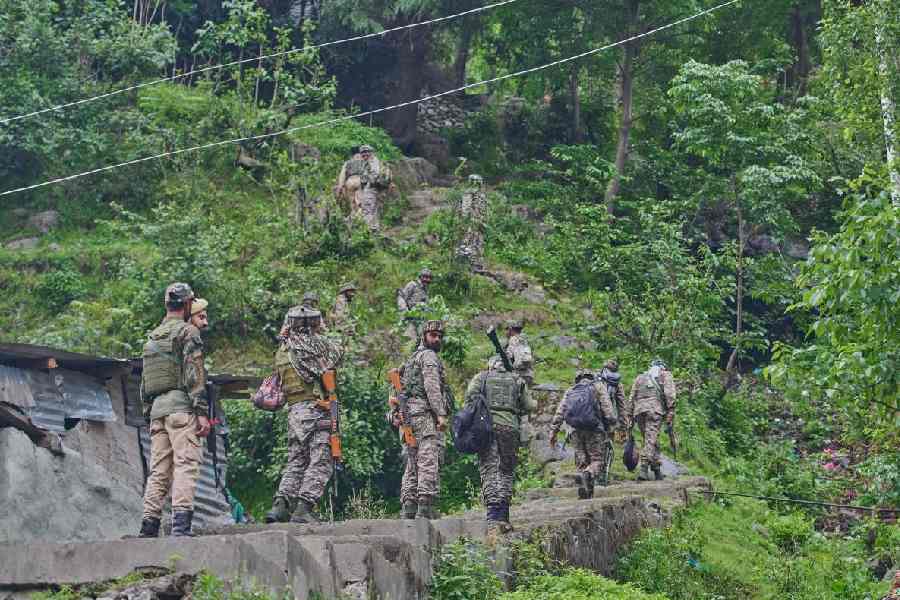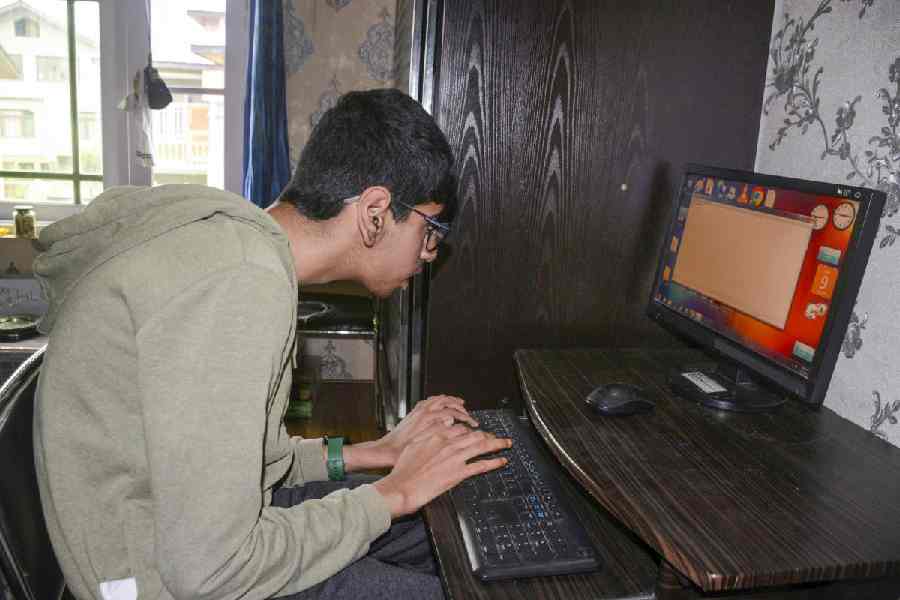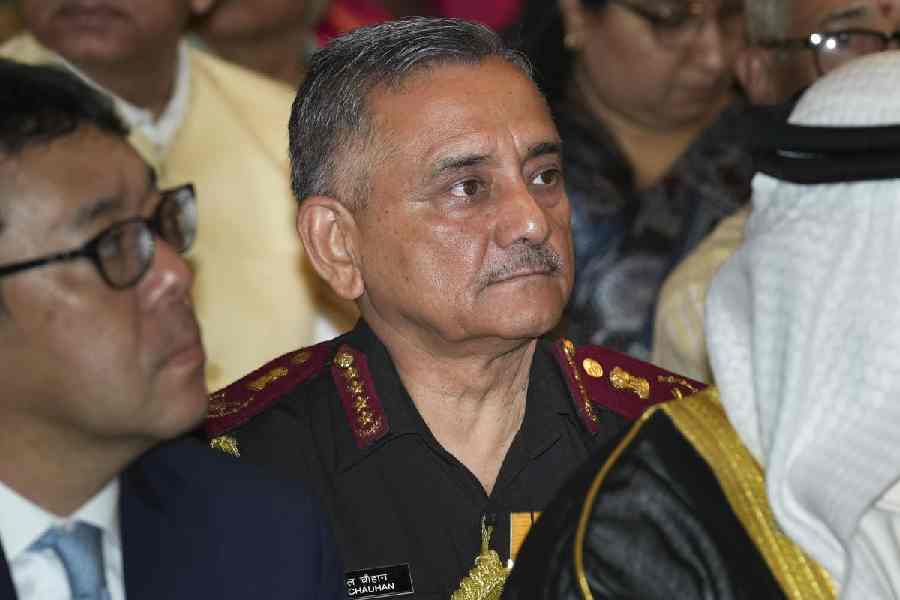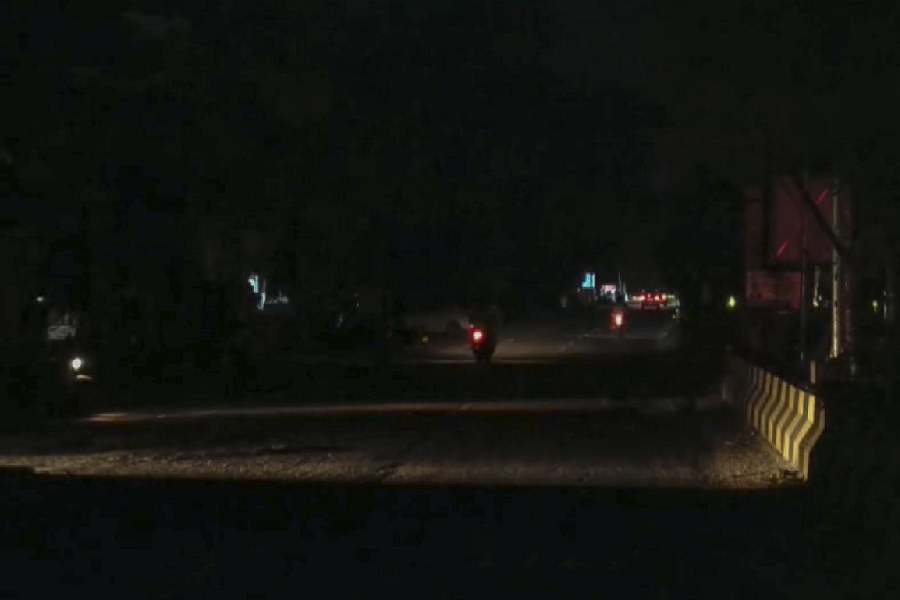 |
Nagaon, May 2: The Nagaon administration is targeting to double the district’s annual fish production by stressing quality seeds and laying emphasis on a proper way of scientific fish cultivation.
The new initiative targets to cover all people of the district who are involved in production and marketing of fish and fish seeds.
An administration source today said a clear road map had been prepared for guiding the seed and fish growers of the district so that they can go for cultivation of seeds and fish in a scientific way to make the district self sufficient in fish production.
Deputy commissioner P. Ashok Babu addressed two separate meetings with departmental officials and fish seed growers last week to streamline the system of seed and fish production.
District fisheries officer Subhas Chandra Dutta said the prepared roadmap has two basic components. The first is related to quality seed and the second is linked to final production for consumption.
In case of fish seed production, hatchery owners, growers and vendors will have to apply for departmental registration. They will get licences to do business.
Growers and vendors must ensure quality maintenance. Their licences will be cancelled if the seed is found to be not of good quality.
Poor seed quality is the main reason behind the insufficient fish production. In many cases, private seed growers are found violating fish seed rule.
According to departmental record, Nagaon produces 16677.5 lakh fish seed of which 7.5 lakh seeds are produced in departmental hatchery. There are 110 hatcheries in the district of which 109 are in private sector. The fisheries department’s only hatchery is in Raha.
Tuktuki, Rupahi, Laukhowa, Batadrava are the major belt of fish seed production in the district. Five Upper Assam districts — Tinsukia, Dibrugarh, Sivasagar, Jorhat and Golaghat — are, however, totally dependent on fish seed in this central Assam district.
“We stress identification of the fishery owners of the district and proper training for them so that they can get better returns. They will be trained in fishery maintenance, feeding and variety selection. Financial and technical support will be provided to the farmers from the side of administration for greater interest of doubling the production,” the deputy commissioner said.
As many as 7,3403 hectare area of the district is used for fish cultivation. The district’s fish production crossed 24,196 metric tonnes last year.


